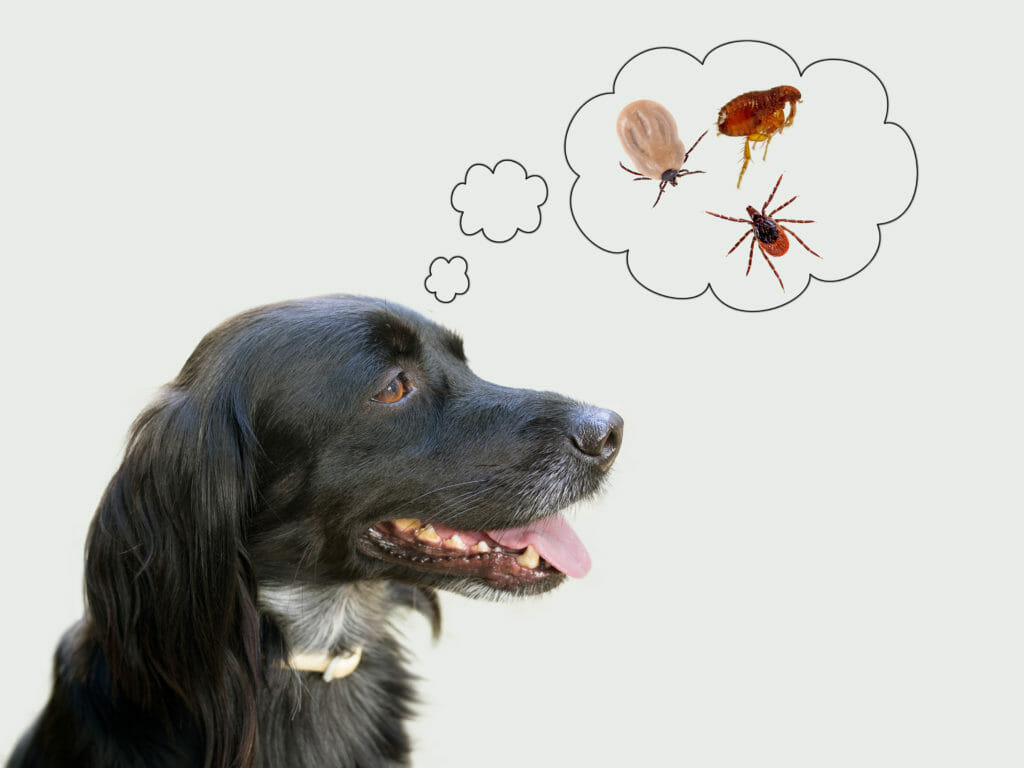Periodontal disease, or disease affecting the teeth and surrounding structures, is the most common condition in adult dogs and cats. Unfortunately, in many cases, our pets show few clinical signs other than bad breath, which is often perceived as being normal. This is concerning for several reasons. Dental pain is equally as painful in our pets as it is for us. For anyone who has experienced dental pain, it is a persistent, and sometimes agonizing. Our pets often do not exhibit outward signs of pain, as they have evolved to hide discomfort as it would make them “weak” in the wild. Further, dental disease can lead to permanent damage of internal organs such as the heart, liver, and kidneys.
Dental disease starts with the accumulation of plaque on the teeth, which is a combination of cells from the oral cavity, food, and bacteria. When plaque is left on a tooth, minerals in the saliva harden the plaque into tartar, or dental calculus, which firmly attaches to the tooth. While the tartar is visually displeasing, it is not the cause of disease, though it can help facilitate it.
Disease starts as the plaque and calculus move underneath the gum line, where the bacteria wreak havoc on the tissues. The bacteria secrete toxins and create inflammation, which when left untreated, leads to permanent damage to the structures surrounding the teeth. Eventually, this leads to the loss of the tooth. Throughout this process, which occurs over months, your pet is in a state of constant irritating discomfort.
While a detailed conscious examination of your pet’s mouth can often identify periodontal disease, a full examination can only be performed while your pet is under general anesthesia. Each tooth can be individually probed, 360 degrees around the tooth, to detect any changes in the gingiva, or gums. Dental radiographs allow us to examine the structures underneath the gum line, which is in most cases over 60% of the tooth.




